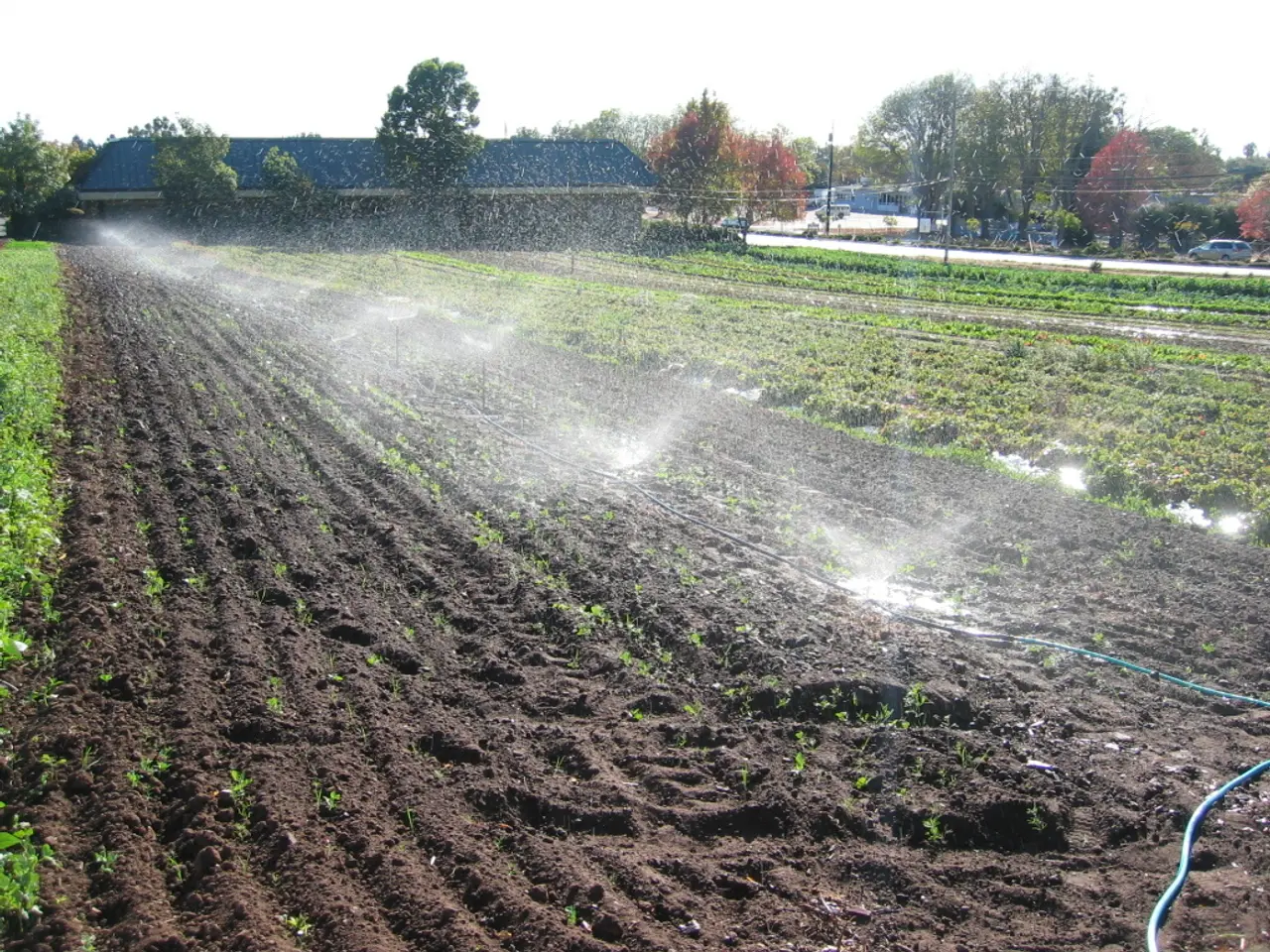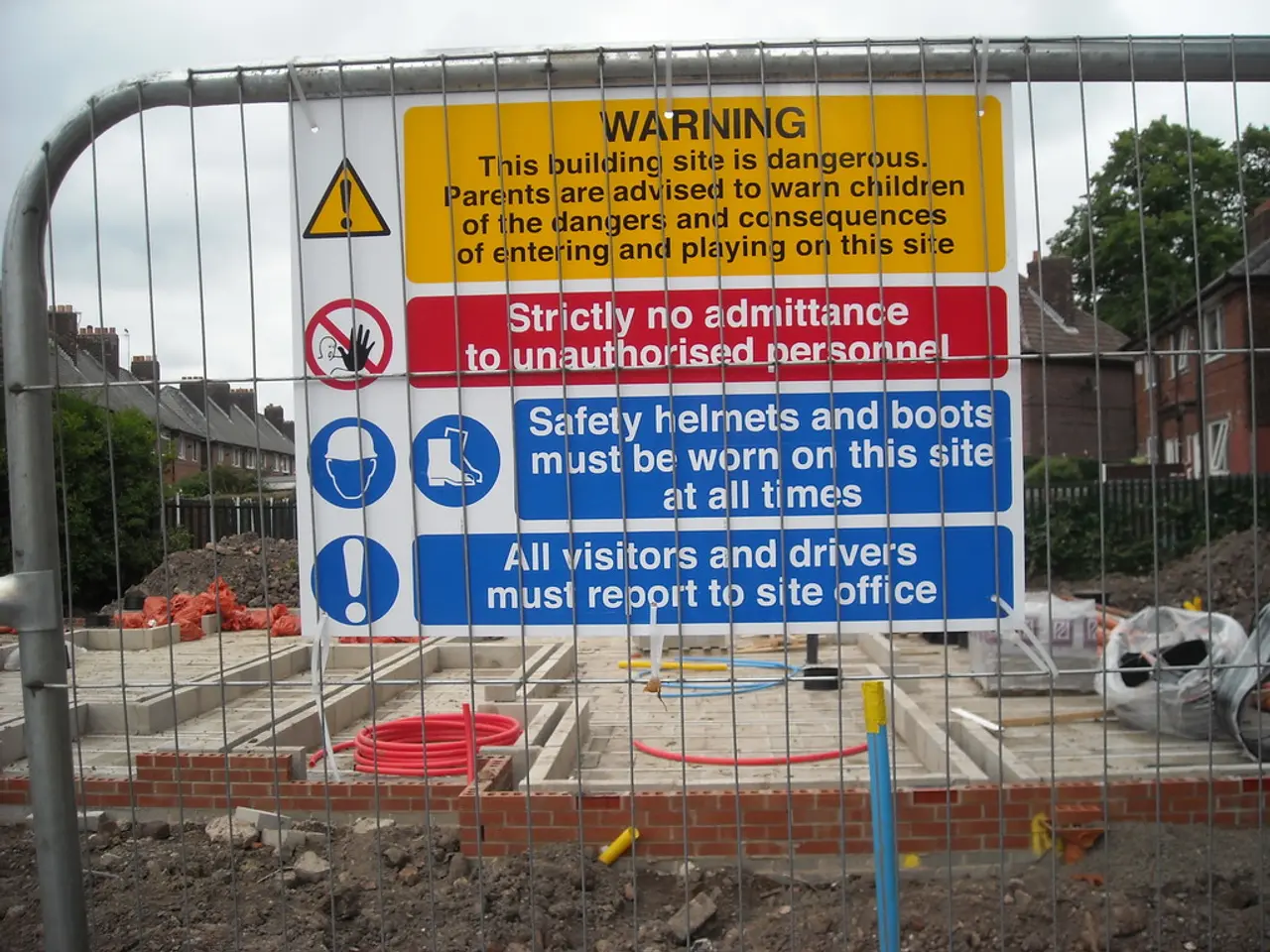Revealed Records Indicate Kerr County, Texas Officials Were Aware of Potential Flooding Threat
Historical Flash Floods and the Kerr County Flood Warning System
Kerr County in Central Texas, known as Flash Flood Alley, has a long history of flash flooding incidents that have claimed the lives of many residents. Since 1932, approximately 35 lives have been lost in floods, with many of those lost being in vehicles attempting to cross flooded roads.
In 2000, an 82-year-old woman drowned in her vehicle in the Guadalupe River near Center Point, and in 2010, a long-time Hunt, Texas resident drowned after trying to cross a flooded low water crossing. Tragic incidents like these have highlighted the urgent need for a robust flood warning system in the area.
Before the catastrophic July 4, 2025 floods, the Upper Guadalupe River Authority (UGRA) had sought around $1 million from the state’s Flood Infrastructure Fund to implement the "Kerr County Flood Warning System." This system aimed to address flash flood dangers by better alerting residents.
However, several issues plagued the warning systems prior to the 2025 event. Flash flood alerts were issued via the Wireless Emergency Alerts system, but spotty cell coverage and skepticism about flash flood warnings meant many residents did not receive or heed these alerts. Local officials sometimes lacked timely information and emergency training to respond quickly to escalating flood warnings.
In 2016, the UGRA submitted a grant application to the state of Texas for the "Kerr County Flood Warning System." The agreement with Kisters outlined the development of a centralized dashboard to support local flood monitoring and emergency response. The proposed flood warning system planned to install high water detection systems at 10 low water crossings in the area, with each system consisting of a master gauging station, an advance warning system remote station, and a radio tower for data transmission.
The proposed flood warning system, recommended by engineers eight months after the 2016 death, aimed to provide mass notifications to citizens and visitors about high water levels and flood roadway conditions throughout Kerr County. A kick-off meeting for the flood warning system project was scheduled for mid-July, but plans were put on hold after the July 4 floods.
Following the floods, the UGRA's Executive Director, Tara Bushnoe, wrote that the organization and community partners remain committed to implementing a Kerr County flood warning system and exploring financial assistance opportunities. The tragic scale of loss during the July 4, 2025 floods underscores the need for a comprehensive, well-supported flood warning and public education system in Kerr County.
In conclusion, while Kerr County’s flash flooding risk and history were well known, pre-2025 flood warning systems suffered from coverage gaps, inadequate local training and preparedness, delayed official responses, and failure to implement a robust flood warning infrastructure despite funding efforts. These factors contributed to the tragic scale of loss during the July 4, 2025 floods.
- Advanced technology, such as high water detection systems and real-time monitoring systems, could have been integrated into the "Kerr County Flood Warning System" to ensure uninterrupted communication and timely warnings during flood conditions.
- With the increasing reliance on technology in our modern world, educational videos about the importance of heeding flood warnings and safety during international travel to Kerr County could be a valuable tool in reducing flood-related incidents and improving public awareness.








